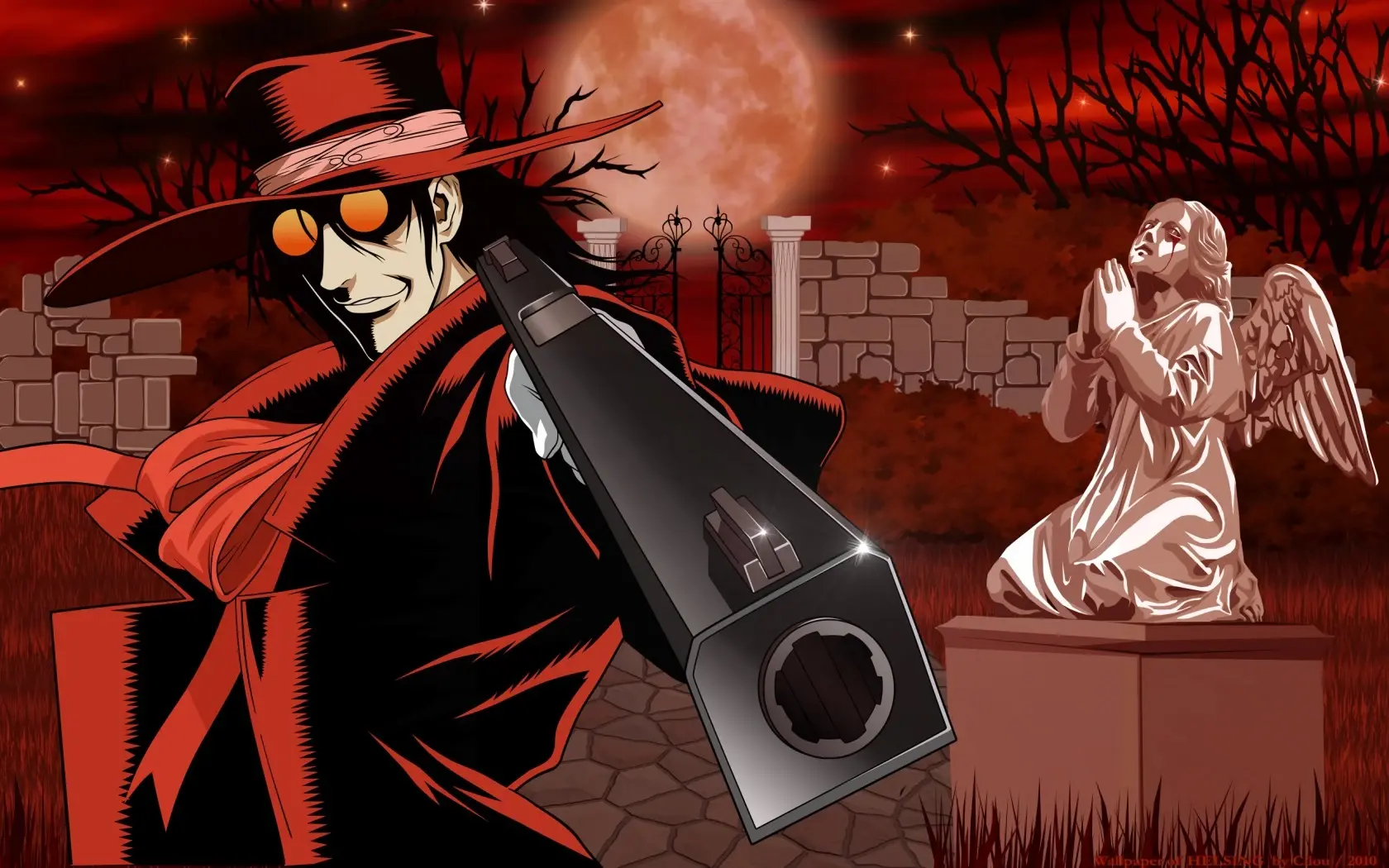This is the best summary I could come up with:
For the first time, the US government has provided an answer, one that will shape how everyone from large businesses to home tinkerers alike can apply for intellectual property protections.
Precisely what constitutes a “significant contribution” is a little bit fuzzy and case-specific, and much of how the guidelines work will necessarily be figured out in real-time as they are applied and, perhaps in some situations, debated in court.
Still, the overall picture the USPTO has painted is one where real people continue to sit at the center of the US patent system, in what experts describe as a logical extension of the status quo.
“However, a significant contribution could be shown by the way the person constructs the prompt in view of a specific problem to elicit a particular solution from the AI system.”
If an inventor could show the work he or she did to get the AI chatbot to produce a specific design that enabled the remote-control car to function, then that could open the door to a patent, according to the USPTO.
“A practical result is that, when creating a new design, artwork, invention, novel, or even computer code, a human can use an AI-based system to assist in the creation of this content, but must make sure that they are sufficiently involved in the process.”
The original article contains 818 words, the summary contains 220 words. Saved 73%. I’m a bot and I’m open source!
A AI by nowadays standards is unable to crate new things in general so by default its impossible for it to get a AI to patent something…


